There are a variety of shark species around the Canary Islands, some of which you can also discover while diving and snorkeling. As a swimmer, bather or surfer on Fuerteventura, Gran Canaria, Tenerife, Lanzarote and Co. you don't have to worry: Sharks are very shy animals and only very rarely come to the beach. Shark attacks in the Canary Islands are extremely rare. Which sharks are there in the Canary Islands? Which shark species can you find around Fuertenventura, Tenerife, Gran Canaria, Lanzarote and Co? I have put together the most important information about the graceful predatory fish of the sea for you.
Especially when you go swimming or bathing in the Canary Islands, you obviously won't see who or what is swimming under your feet. And you may be confused about which shark species are on the Canaries could be dangerous to you. The good news is: basically none. Sharks only rarely come this close to shore - namely when they are weak or sick. You can relax completely relaxed in the water. According to my research, there have not been any shark attacks in the Canary Islands for many years.
So if you are in Fuerteventura, Gran Canaria, Tenerife, Lanzarote or any of the Canary Islands, swimming, surfing or just enjoying the beach, you don't have to worry about encountering a shark. They are wonderful and graceful creatures that are usually very shy and are more afraid of us than we are of them.
Video – Shark off Fuerteventura
Video – Hammerhead shark filmed on Gran Canaria
Buy travel guide Canary Islands
Book your well-deserved vacation now!
Book your dream vacation now at favorable conditions on the renowned booking portal HolidayCheck – top rated by Stiftung Warentest (01/2024). Click and browse now!

Related Articles
Shark species on Fire Teventura, Gran Canaria, Tenerife, Lanzarote - my experiences with Canary Island sharks
I love watching sharks while diving. I have been very lucky to have been able to observe the predatory fish at numerous diving sites around the world. In principle, you also have the chance to see sharks while diving in the Canary Islands - but this is a very, very rare chance. The sea around the Canary Islands is full of life.
As a diver you will find a real underwater zoo around the islands, where with a bit of luck you can see the who's who of the underwater world. I was lucky enough to... Diving and snorkeling to see an angel shark in the Canary Islands. I was able to observe the animal in Playa del Carmen on Lanzarote in 2014.
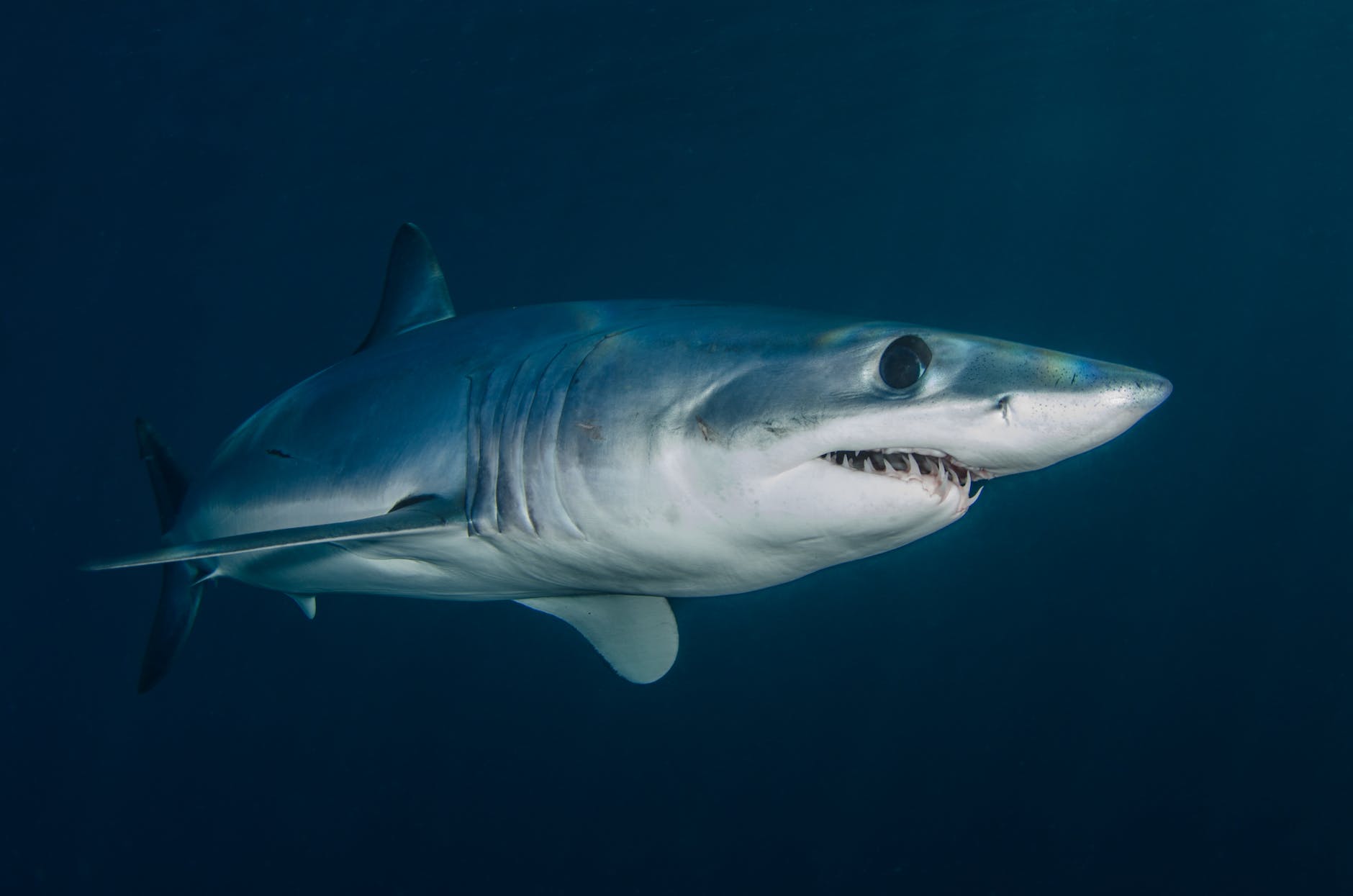
I was also able to observe dolphins and whales
I was able to see dolphins and whales on Gran Canaria and Tenerife - unfortunately only from the boat. But that was also a great experience. Whales and dolphins are wonderful animals, but what I enjoy most is when I can encounter sharks while diving. You have to do quite a few dives in the Canary Islands to see a shark diving. Encounters while bathing and swimming are even rarer - there is a high probability that you will never see a canary shark, let alone be attacked by one.

Follow me too Xing, TripAdvisor and Threads!
Follow me on Instagram now
stick with Travel Blog Just-Wanderlust.com and @strandkind_co always up to date and just follow me on Instagram!
Has anyone present already treated themselves to the new MacBook M3? And if so, what color? 💻🛒😍🤓
*Advertising / Ad*
#apple #macbook #macbookair #macbookairm3 #macbookair13

*Advertisement / Ad* The brand new MacBook Air M3 is here!
– With ultra-fast M3 processor 💨
– 18 hours of battery life 🔋
– Available in 13 and 15 inches 💻
– Only 1,24 kg light and 11,3 mm thin (13 inches)
– Ideal for working on the go and traveling 🧳😎🥰
– Perfect for photo & video editing and AI applications
– Open today apple.com/de or pre-order directly from tomorrow Apple Shop store 🛒
#apple #macbook #macbookair #macbookairm3 #macbookair13

*Advertisement / Ad* You don't know where to travel this summer yet? How about the paradisiacal Croatian island of Krk! Get advice from @sol.tours and @solvillas.eu, they know the best accommodations and most beautiful corners of the island 😍🤟🥰🐳🌍✈️🏄☀️⛵️😍🙏
*
*
*
* ->>>> also check the links in my bio 🤩
*
*
*
#strandkind #blogger #travelblogger #travel #travel
#travellust #travelmakeshappy #travelphotography
#travel fever #travelblog #microadventure #wanderlust
#adventure #nature #diewocheaufinstagram #urlaub
#vacation ready #holiday feeling #holiday at home
#holidaywithdog #holidaywithchildren
#travel #travelphotography #travelblogger
#traveltheworld #travelgram #traveling #croatia #visitkrk @visitkrkisland @visitmalinska

*Advertisement / Ad* You don't know where to travel this summer yet? How about the paradisiacal Croatian island of Krk! Get advice from @sol.tours and @solvillas.eu, they know the best accommodations and most beautiful corners of the island 😍🤟🥰🐳🌍✈️🏄☀️⛵️😍🙏
*
*
*
* ->>>> also check the links in my bio 🤩
*
*
*
#strandkind #blogger #travelblogger #travel #travel
#travellust #travelmakeshappy #travelphotography
#travel fever #travelblog #microadventure #wanderlust
#adventure #nature #diewocheaufinstagram #urlaub
#vacation ready #holiday feeling #holiday at home
#holidaywithdog #holidaywithchildren
#travel #travelphotography #travelblogger
#traveltheworld #travelgram #traveling #croatia #visitkrk @visitkrkisland @visitmalinska

*Advertisement / Ad* You don't know where to travel this summer yet? How about the paradisiacal Croatian island of Krk! Get advice from @sol.tours and @solvillas.eu, they know the best accommodations and most beautiful corners of the island 😍🤟🥰🐳🌍✈️🏄☀️⛵️😍🙏
*
*
*
* ->>>> also check the links in my bio 🤩
*
*
*
#strandkind #blogger #travelblogger #travel #travel
#travellust #travelmakeshappy #travelphotography
#travel fever #travelblog #microadventure #wanderlust
#adventure #nature #diewocheaufinstagram #urlaub
#vacation ready #holiday feeling #holiday at home
#holidaywithdog #holidaywithchildren
#travel #travelphotography #travelblogger
#traveltheworld #travelgram #traveling #croatia #visitkrk @visitkrkisland @visitmalinska

Never stop discovering - places, people, activities - and everything that lies within you⛷️🥰😍☀️🤟🥰🐳🌍✈️🏄☀️⛵️😍🙏
*
* Advertising
* Everything about the PillerseeTal in the link in the bio
*
*
*
*
#strandkind #blogger #travelblogger #shotoniphone #travel #travel
#travellust #travelmakeshappy #travelphotography
#travel fever #travelblog #microadventure #wanderlust
#adventure #nature #sealove #vacation
#readyforvacation #vacationfeeling
#holidaywithdog #holidaywithchildren #justwanderlust
#travel #travelphotography #travelblogger
#traveltheworld #travelgram #traveling

Shark species in the Canary Islands - predatory fish around Feuerteventura, Gran Canaria, Tenerife, Lanzarote and Co.
You can discover numerous shark species around the Canary Islands. However, as a swimmer or snorkeler on the beach you will hardly spot them. You have to look for it directly. For example, by going diving at certain diving sites and looking for them together with an experienced diving school.
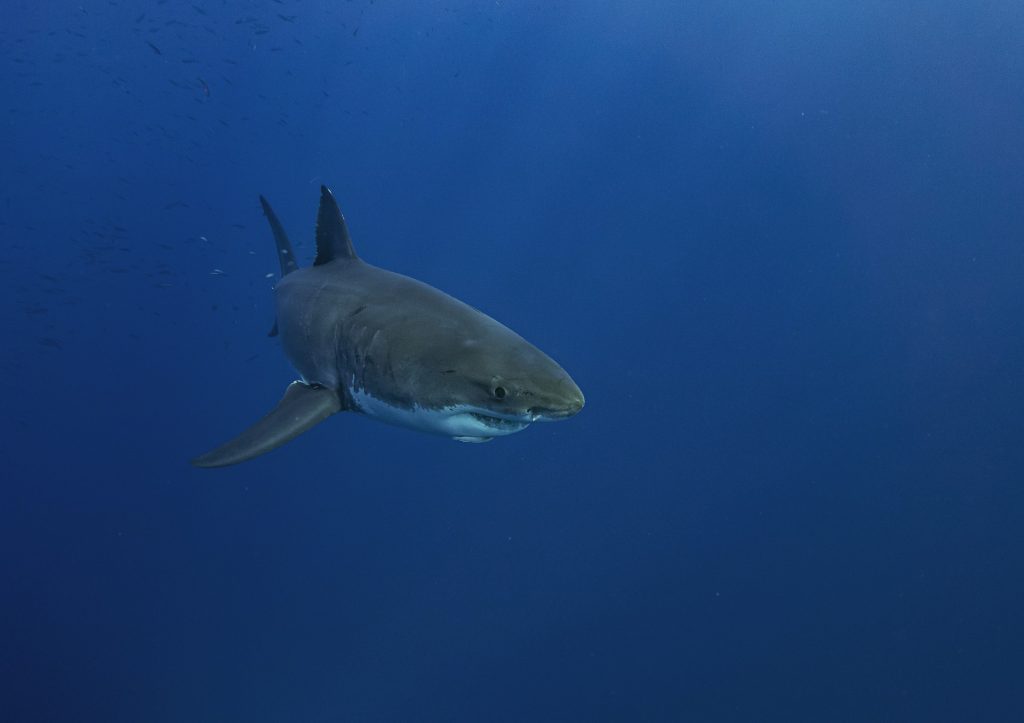
What shark species are there around the Canary Islands? And what distinguishes the animals? Below I have listed the most important shark species for you that you can see around Fuertenventura, Tenerife, Gran Canaria, Lanzarote and Co.
1. Great White Shark
Have you ever wondered what it would be like to encounter a great white shark? This fascinating animal is the largest predatory fish in the world and has a legendary reputation. The great white shark is native to all oceans, but few people are lucky enough to see it in the wild.
There are a few places in the Canary Islands where you could have this chance. Great white sharks have been spotted several times, especially off Lanzarote and Tenerife. These animals can grow up to six meters long and weigh several tons. Not only are they powerful and elegant, but they are also very intelligent and curious. The great white shark is not a blind murderer, as it is often portrayed in films and books, but rather an important part of the maritime food chain. It deserves our admiration and protection because it is threatened with extinction.
2. Hammerhead Shark
Hammerhead sharks are fascinating and unique sharks characterized by their hammer-shaped head. This head has many advantages for the animals because it enlarges their sensory organs and helps them locate their prey. Hammerhead sharks are native to the tropical and subtropical seas, and some of them also live in the waters of the Canary Islands. You can find out more about these impressive sharks here.
The great hammerhead shark is the largest member of its family and can grow up to six meters long. It is a powerful predator that feeds primarily on rays, but also eats other fish, crustaceans and even smaller sharks. It is a solitary animal that only meets other hammerhead sharks to mate. The great hammerhead shark is very shy and avoids contact with people. It mostly stays in deep waters of over 100 meters and is therefore rarely seen. Only a few divers are lucky enough to encounter it, and when they do, it should be approached with respect and caution.
3. Tiger Shark
You've probably heard of tiger sharks, right? They are one of the most impressive and fearsome shark species in existence. In this text section you will learn more about these fascinating sea predators, also known as Galeocerdo cuvier. Tiger sharks are among the largest sharks in the world. They can reach a length of up to five meters and weigh more than a ton. That's as much as a small car! Their bodies are powerful and streamlined, with a broad head and a long caudal fin. They also have very sharp teeth that they can constantly renew.
The name tiger shark comes from the dark stripes they have on their gray or brown backs. These stripes serve as camouflage as they move in the water. They also help them surprise their prey. Tiger sharks are very versatile hunters, eating almost anything that comes in front of them. These include fish, turtles, dolphins, seals, birds and even other sharks. Sometimes unusual things such as car tires, license plates or shoes are found in their stomachs.
4. Blue Shark
If you visit the Canary Islands, you might have the chance to see one of the Atlantic's most fascinating inhabitants: the blue shark. This shark is one of the most common species in this region and lives in the waters around Fuerteventura, Tenerife and Gran Canaria. It is easily recognized by its slender shape and blue-gray coloring, which gives it a perfect invisibility cloak in the sea.
The blue shark can grow up to three meters long and weigh up to 200 kilograms. It is a fast and agile swimmer that feeds on fish and squid. He usually hunts in groups and is very curious. It is considered harmless to humans, but you should still always be careful when encountering it. He may see you as potential prey or feel threatened.
5. Shortfin Mako Shark
You've probably heard of the shortfin mako shark (Isurus oxyrinchus), right? It is one of the most fascinating and at the same time feared shark species native to the Canary Islands. It is also called the “blue shark” because it has a bluish tint that helps it camouflage itself in the open sea. It is a real sprinter among sharks and can reach speeds of up to 80 km/h. He is also very maneuverable and can even jump out of the water. Shortfin mako sharks can grow up to 4 meters long and have sharp teeth that they use to tear apart their prey.
Unfortunately, shortfin mako sharks are also responsible for some attacks on humans. I still remember a terrible incident in Egypt a few years ago when a mako shark killed a swimmer in front of my eyes. That was a traumatic experience that I will never forget.
6. Thresher Shark
The graceful thresher sharks are one of the most fascinating and mysterious shark species in existence. They live in the depths of the ocean, but sometimes they come to the surface to show themselves. You have a good chance of encountering these impressive animals, especially off the Canary Islands.
Thresher sharks are easily identified by their long, slender tail fin, which is almost as long as their body. They use this fin to strike and stun their prey. They mainly hunt small fish and squid, which they tear apart with their sharp teeth. Thresher sharks can grow up to six meters long and weigh up to 500 kilograms.
7. Basking Sharks
The basking shark is a filter feeder found in the waters around the Canary Islands. These sharks can reach an impressive size: they grow up to 12 meters long and weigh more than 21 tons. The basking shark is easily recognized by its broad, flat snout and small eyes. It has a small, triangular first dorsal fin and a much larger second dorsal fin. The pectoral fins are very long and curved.
Despite its impressive size, the basking shark is a gentle creature and poses no danger to humans. Instead, basking sharks feed on microorganisms such as plankton and crustaceans, which they filter out of the water using special filters.
Basking sharks prefer coastal waters over the continental shelves and are usually found at depths of 30 to 200 meters. They generally stay away from the coast and are rarely seen. However, if you are lucky enough to see a basking shark, it is a unique and breathtaking experience.
8. Whale Sharks
The largest fish in the world is the whale shark. It can reach a length of up to 20 meters and weigh more than 15 tons. Despite this, it is harmless to humans. The whale shark feeds primarily on plankton, small fish, and squid. He is a so-called filter eater. When swimming, it opens its huge mouth and lets in the water with the food. The food is then separated from the water with the help of special filters and swallowed.
The whale shark is mainly found in tropical and subtropical waters. It prefers to stay near the surface, but can also be found at depths of up to 1.000 meters. The whale shark is a migrant and follows the currents of the oceans. The whale shark is not on the endangered species list, but it is threatened by overfishing and accidental catches in fishing nets.
10. Santiger Shark
Sand tiger sharks are among the shark species that also occur off the Canary Islands. These sharks are found in many parts of the world and prefer warmer waters. Sand tiger sharks can grow up to ten feet in length and have an impressive appearance with many sharp teeth protruding from their mouths. Although often considered dangerous due to their appearance, sand tiger sharks are generally relatively harmless to humans and will only attack if threatened or provoked. In fact, they are often shy and reserved, showing no interest in encounters with divers or snorkelers.
If you want to see a sand tiger shark on the Canary Islands, you have the chance in some places - the females come into the shallow water off La Palma, for example, to have their offspring. However, it is important to always be careful and not provoke or harass the shark.
11. Bull shark (Carcharhinus leucas)
The bull shark is one of the most dangerous sharks for humans. It can grow up to 4 meters long and weigh over 500 kilograms. The bull shark is found in all oceans, but prefers warm waters. It feeds mainly on fish, but also attacks turtles, rays and small sharks. The bull shark is an aggressive predator and has been known to attack humans without provocation. A group of bull sharks have been spotted off Puerto de Mogan in Gran Canaria - close to some popular dive sites.
The bull shark is one of the few animals that can live in both salt and fresh water. It has the special ability to protect its body from drying out in fresh water. Because of this, the bull shark is often found in rivers and lakes. The bull shark is one of the few animals that can attack and kill humans. If you are in the water and see a bull shark, it is best to stay calm and get out of the water as soon as possible.
12. Porbeagle Shark
The porbeagle is a species of shark found in the Canary Islands. The porbeagle is a large, pot-bellied shark with a long, pointed snout and small eyes. It can grow up to 4 m long and weigh over 500 kg. The porbeagle has a blue-grey upperpart and a white underpart. There are often dark spots on the body, especially near the fins. The first dorsal fin is large and triangular, while the second dorsal fin is much smaller. The pectoral fins are very long and curved.
The porbeagle is found worldwide in cold to temperate waters. It prefers coastal waters over the continental shelves and is usually found at depths of 30 to 200 meters. In the Canary Islands, the porbeagle shark is found at depths of 30 to 200 meters. Although the porbeagle is a large and imposing shark, it is not considered dangerous to humans.
13. Angel Shark
The angel shark is one of the most common shark species in the Canary Islands. It belongs to the angle shark family. Angelsharks can grow up to two meters in length and are strikingly colored with dark spots on a light brown or gray background. Angel Sharks prefer shallow coastal waters and are often found near rocks and coral reefs. They are nocturnal and feed primarily on fish and crustaceans.
Divers can often spot angel sharks diving or snorkeling in the shallow waters of the Canary Islands. They are generally peaceful and rather shy, so threatening encounters are rare. The Canary Islands offer divers an excellent opportunity to observe these fascinating animals in their natural habitat.
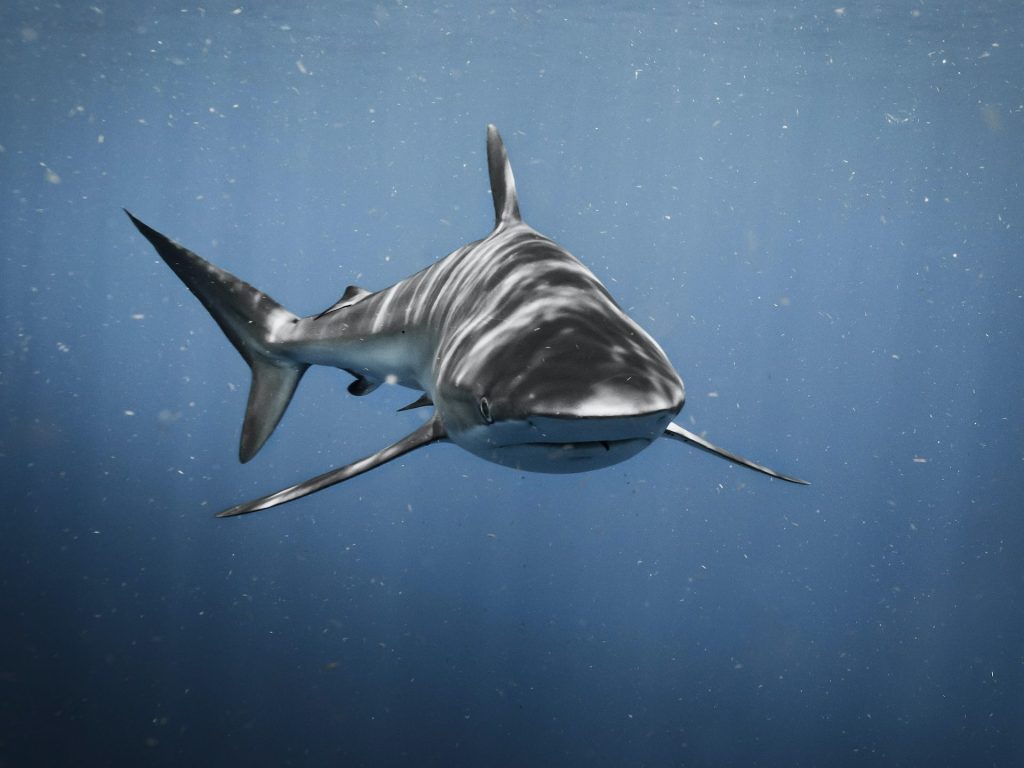
What is known about shark attacks in the Canary Islands?
Have you ever wondered how dangerous sharks are in the Canary Islands? Maybe you've heard about a shark attack on the news or seen a movie that scared you. But how likely are you really to encounter a shark while vacationing on the islands? The good news is: very unlikely. Sharks are not bloodthirsty monsters that hunt humans. They are fascinating and diverse animals that live in all the world's seas. Most of them are harmless or even shy and avoid contact with people. There are over 40 different species of sharks in the Canary Islands, but only a few of them are found near the coast.
There have been very few documented shark attacks on humans in the islands' history. Most of these were not fatal and were caused by accident or mistaken identity. For example, a shark may mistake a surfer for a seal or a swimmer for a fish. But that doesn't mean that sharks intentionally want to attack people. They are curious and investigate their surroundings with their mouths, which are full of sharp teeth. That's why they can sometimes bite without meaning to.
One of the most important measures is to swim only on officially approved beaches, as they are patrolled by lifeguards and sharks are less likely to be around. Also, avoid swimming at dusk or when visibility is poor as this can obstruct the sharks' view and lead to unintended encounters. When surfing or diving, you should familiarize yourself with the local conditions and, if necessary, hire an experienced guide or trainer.
FAQs Shark species in the Canary Islands – the most important questions and answers
Below I have put together the most important questions and answers about the sharks of the Canary Islands and show you which shark species you can see around Feuerteventura, Gran Canaria, Tenerife, Lanzarote and Co.
What kind of sharks are there in Gran Canaria?
There are different species of sharks that can be found in the waters around Gran Canaria. These include the thresher shark, hammerhead shark and great white shark. Hammerhead sharks, which are actually very rare, are surprisingly common. A group of bull sharks, one of the most dangerous shark species for humans, has also been sighted off Puerto de Mogan. Also on Gran Canaria in 2018 three shortfin mako sharks were spotted right near a beach. Basically, the same shark species can be found around Gran Canaria as everywhere on the Canary Islands:
-Angel Shark
-whale shark
-White shark
-Basking shark
-Mako Shark
-Hammerhead Shark
-White shark
-Bull Shark
-Thresher Shark
-Tiger Shark
-Sand Tiger Shark
-porbeagle
What types of sharks are there in Tenerife?
Of course, there are also numerous shark species in the sea around Tenerife, which you can discover while diving or snorkeling. In particular, you often see the angel shark, which, however, looks more like a large ray. Sharks are occasionally spotted, especially in the south of Tenerife. Basically, the typical Canary Island sharks can be found in the waters around the island:
What sharks are there in Tenerife?
Of course, there are also numerous shark species in the sea around Tenerife, which you can discover while diving or snorkeling. In particular, you often see the angel shark, which, however, looks more like a large ray. Sharks are occasionally spotted, especially in the south of Tenerife. Basically, the typical Canary Island sharks can be found in the waters around the island:
What kind of sharks are there in Fuerteventura?
There has never been a significant shark attack on Fuerteventura, nor has there been a sighting in the recent past. Dead sharks have already washed up on the island twice. One is a hammerhead shark and the other is a basking shark, which is harmless as a plankton eater, but is huge at the same time. In principle, the typical Canary Island sharks can be found in front of Fuerteventura and, in principle, every shark species that exists in the Atlantic can also be found in front of Fuerteventura:
What sharks are there in Lanzarote?
The typical shark species of the Canary Islands can be found around Lanzarote. In particular, the angel shark can be spotted in spring and autumn. Otherwise you will find the shark species that also occur around the other Canary Islands:
Which sharks are there in the Canary Islands?
All shark species that also occur in the Atlantic can be found around the Canary Islands. And there are many - there are probably around 50 shark species around the Canary Islands. Some of the main sharks that can be spotted around the Canary Islands include:
How close to the beach can sharks get?
Sharks usually stay far from the beach. They usually stay at sea, are very shy and will disappear if people come near them. However, on occasion, sharks may be attracted by leftover food in the water and come close to a beach. In addition, sick or injured animals can come into the shallow water. Three shortfin mako sharks were spotted on a busy beach in Gran Canaria a few years ago. These sharks are considered the cheetahs of the sea and can be quite dangerous.
Which poisonous animals are there in Gran Canaria?
There are a few different types of poisonous animals in Gran Canaria. These include the scorpionfish, stonefish and jellyfish.
The scorpionfish is a small fish that can grow up to 30 centimeters long. It can be seen relatively frequently on the Canary Islands and has also been spotted off the coast of Gran Canaria.
The stonefish is a small fish that can grow up to 20 centimeters long. It is relatively rarely seen in the Canary Islands.
The Portuguese galley is a jellyfish whose tentacles can grow up to 60 meters long. Jellyfish in general are very common in the Canary Islands and can be found offshore.
Is an angel shark dangerous?
No, the angel shark is not a dangerous animal. It is a small to medium-sized shark that can grow up to two meters in length. Angel sharks are relatively common in the Canary Islands and have been sighted off many of the islands - particularly in spring and autumn. There is only one recorded attack by an angel shark on a diver, who teased and grabbed the shark's tail. The shark bit the diver and disappeared.
Related Articles
Shark species of the Canary Islands around Feuerteventura, Tenerife, Gran Canaria, Lanzarote & Co.
My conclusion
I hope you enjoyed reading about the Canary Islands Sharks with the different shark species in the Canary Islands. Sharks are truly amazing creatures and I'm glad I've been able to see them up close so often. If you want to see sharks for yourself, I would definitely recommend going diving or snorkeling in the Canary Islands. Maybe you'll spot an angel shark in spring or fall?
Have you already been to the Canary Islands or are you planning your first trip? What do you think about sharks in the Canary Islands? Share your experiences in the comments.
*Affiliate links (advertising) & Amazon advertisements with affiliate links / sales by Amazon or third-party providers on the Amazon marketplace. / As an Amazon partner, we receive a small commission - you don't pay anything extra. / Product data last updated on November 25.04.2024, XNUMX / Images from the Amazon Product Advertising API / Product images are served via a privacy proxy / Disclaimer: The price shown may have increased since the last update. The actual price of the product as stated on the seller's website on Amazon.de at the time of purchase is decisive for the sale. A real-time update of the prices stated above is not technically possible.


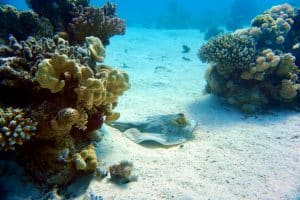
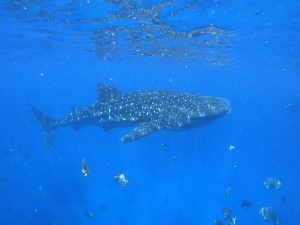
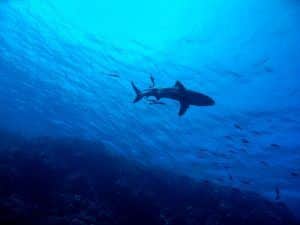

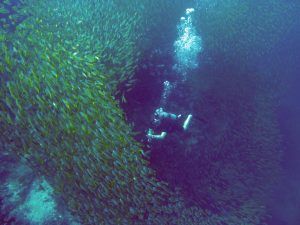
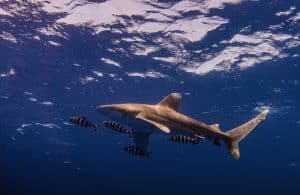
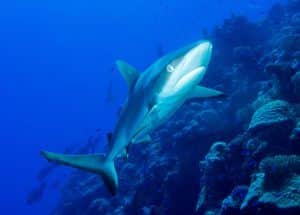
0 Comments